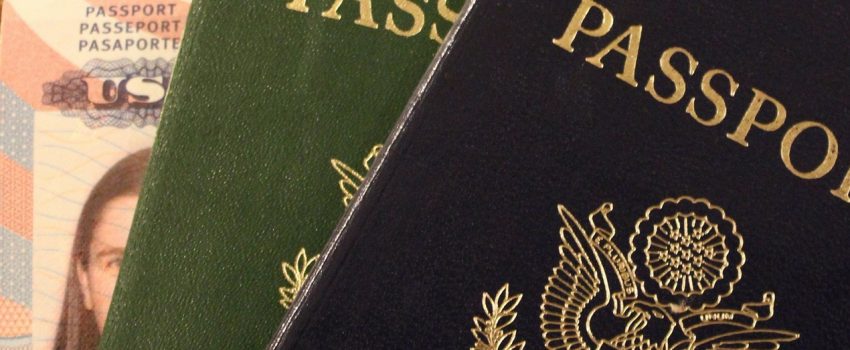The EB-5 Immigrant Investor program has been around since 1990, yet even with numerous incidents of fraud and abuse, no formal revisions have been made for over two decades.
That situation seems likely to change as new EB-5 regulations have been proposed seeking to reform parts of the law as well as codify long-established policies.
The EB-5 program has been criticized in the past for having some glaring loopholes that have led to abuse by those seeking U.S. visas as well as state representatives looking to cash in on foreign investment.
The EB-5 Immigrant Investor program allows foreign nationals to invest in American businesses in exchange for obtaining a visa, which can later be converted to a green card for the investor and his or her family. The program is popular among immigrants looking to not only invest in the American economy but, in many cases, build a better life for their children and family.
However, recent high-profile cases of abuse have caused lawmakers from both sides of the aisle to recommend changes. Reform has been started, and the new regulations are in the final stage of review before becoming law.
The new regulations are expected to get firmed up after an extension for the EB-5 regional center program is authorized on Sept. 30.
At that time, three significant changes are expected to be considered.
1. The new regulation is proposing a more than doubling of the minimum investment amount from $500,000 to $1.35 million. For non-TEA investments, the amount will increase to $1.8 million from the current $1 million minimum.
2. States will no longer be able to designate targeted employment investments (TEAs). This rule change is meant to stop states from funneling investment capital to wealthy communities instead of economically distressed areas, as the designation is intended. The Department of Homeland Security would now make these designations.
3. An investor who has already received I-526 approval would keep their original approval even if they decide to file a new I-526 Petition.
Impact On Investors
The increase in the minimum investment amount may deter some potential investors from applying to the program, but the new limits only bind investors at the time of application. So, if an investor wants to participate under the current rules, as long as they apply before the new law goes into effect, they can still take advantage of the lower minimum amounts.
The elimination of state designation of TEA may also adversely affect many investors. Currently, states do not have consistent rules in designating which areas are targeted for investment. This loophole allows states to select areas which they would like developed even though it may not qualify for TEA certification.
The new rules would have DHS take over and use consistent guidelines in determining which areas in states, namely urban or high-unemployment zones, will qualify as TEAs. This move makes it harder for applicants to invest in certain regions which may seem like a less-risky investment.
Since the new rule is under review, we do not yet know what the final regulations will include. Significant changes could be made based on comments and suggestions from industry stakeholders.
What’s Next?
After the rule is reviewed and changes are made, it would be published in the Federal Register and then wouldn’t take effect for 30 days after the date of publication. The process could take several months.
With EB-5 reformation on the horizon, investors wishing to take advantage should apply to the program as soon as possible to take advantage of the current investment minimums, as well as access to projects that may no longer qualify as TEAs under the new rules.






